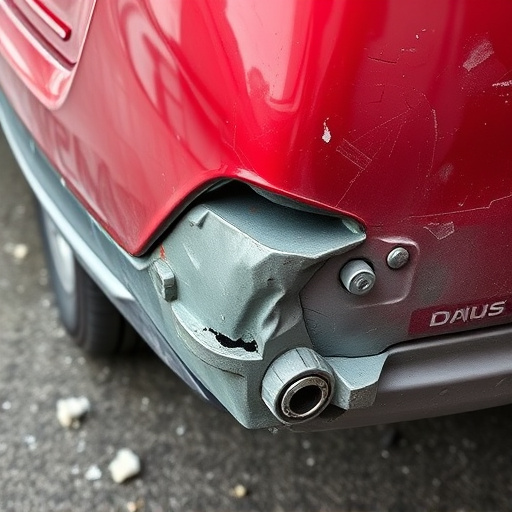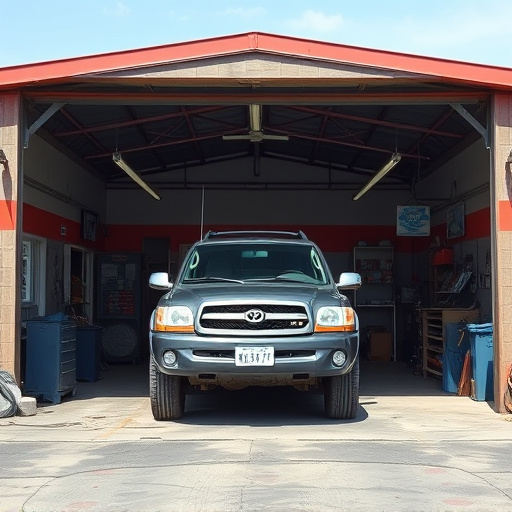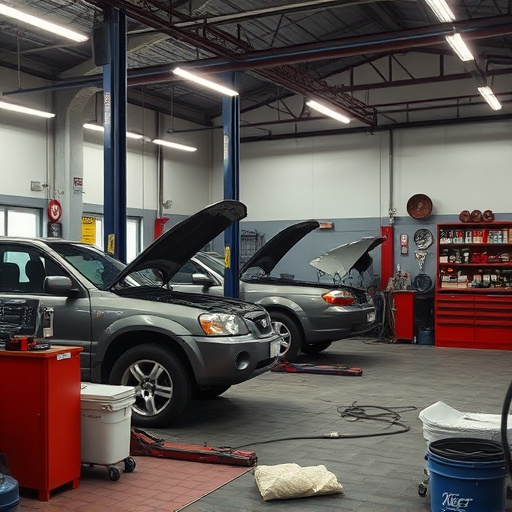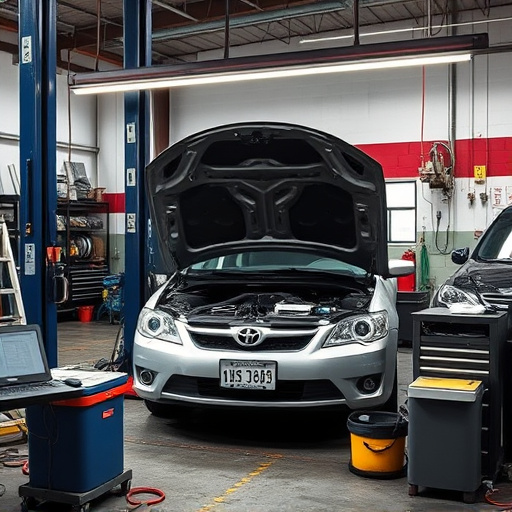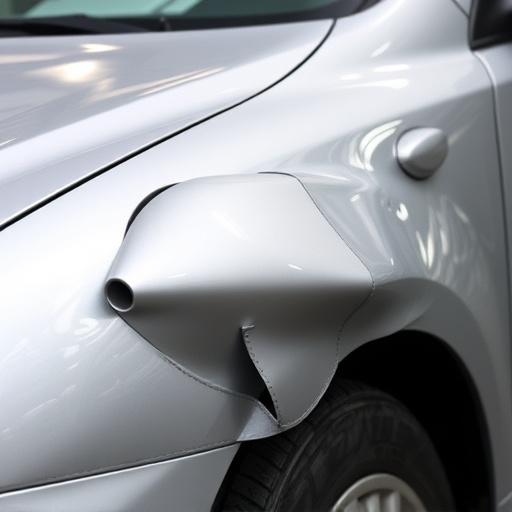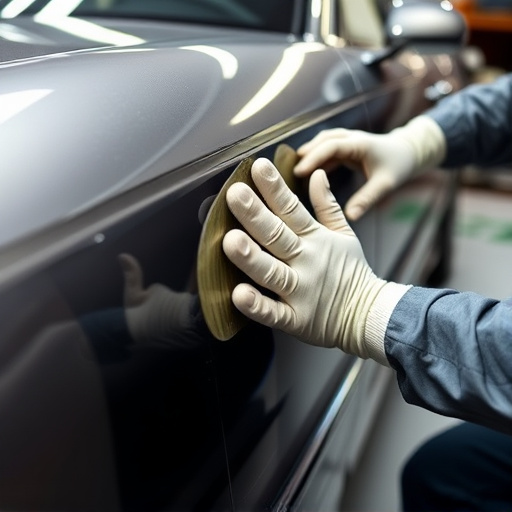Detailed documentation is vital for collision repair audits, ensuring every restoration step is recorded and verifiable. Digital transformation, through automated systems, has revolutionized collision repair shops' operations and customer experiences. These advancements minimize human errors, improve efficiency, and enhance data management, enabling centers to make informed decisions based on trends over time. Ultimately, this leads to higher quality repairs, faster decision-making, and enhanced customer satisfaction in a competitive automotive industry.
Collision repair audits are integral to ensuring quality, accuracy, and integrity in automotive bodywork. In today’s competitive market, understanding real-world examples of successful audit improvements is vital for shops aiming to enhance their processes. This article explores three key strategies: the power of detailed documentation, technological advancements, and standardized procedures. Through case studies and practical examples, we uncover how these approaches drive efficiency, reduce errors, and ultimately benefit both businesses and customers in the collision repair industry.
- The Impact of Detailed Documentation in Collision Repair Audits
- – Case study: A body shop's transition to digital audit systems
- – Benefits: Increased accuracy, reduced human error, better data management
The Impact of Detailed Documentation in Collision Repair Audits
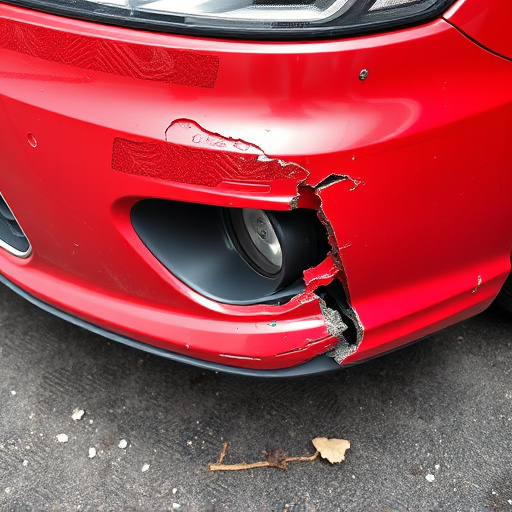
Detailed documentation plays a pivotal role in enhancing collision repair audit processes, ensuring that every step of the restoration process is meticulously recorded and verifiable. This level of documentation has significant implications for both repair shops and insurance companies. By documenting each stage of car bodywork repairs, from initial assessment to final quality check, auditors can accurately determine the extent of damage, verify the use of genuine parts, and ensure compliance with industry standards.
Such meticulous recording provides transparency in auto maintenance practices, especially during a fender bender incident. It enables insurance assessors to cross-reference repair logs, ensuring that no corners have been cut and that each fix is backed by solid evidence. This detailed approach not only streamlines the claims process but also upholds the highest standards of collision repair, ultimately benefiting all parties involved in the aftermath of an accident.
– Case study: A body shop's transition to digital audit systems
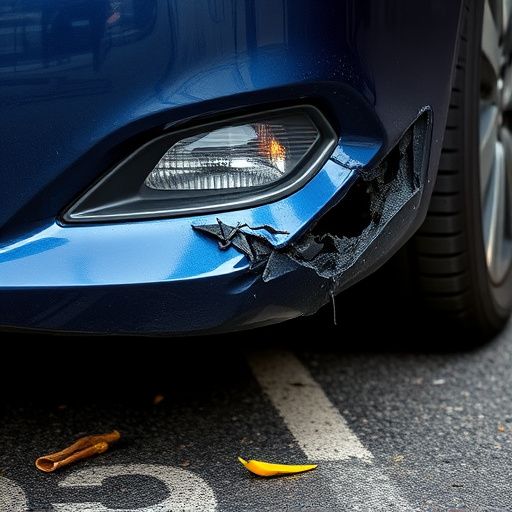
In the competitive landscape of automotive collision repair, efficiency is key. A case study highlights a body shop’s successful transition to digital audit systems, marking a significant improvement in their collision repair audit process. This shift not only streamlined operations but also elevated the overall quality of repairs, particularly for luxury vehicle repair customers demanding meticulous attention to detail.
By implementing cutting-edge digital technology, the body shop was able to automate previously manual tasks, reducing human error and increasing accuracy. This transformation allowed for real-time tracking of audit data, enabling quicker decision-making and enhancing customer satisfaction in car collision repair services. The result? A more organized, effective, and responsive collision repair process that sets them apart from their competitors.
– Benefits: Increased accuracy, reduced human error, better data management
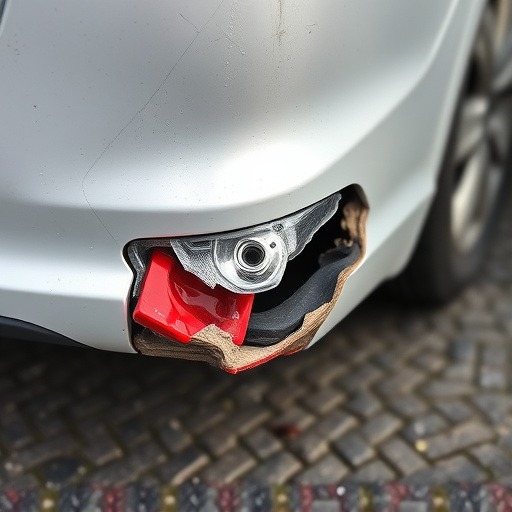
In the realm of collision repair audits, embracing technological advancements offers a myriad of benefits that significantly enhance the overall efficiency and accuracy of auto body services. One of the key advantages is the reduction of human error, as digital systems are designed to meticulously capture and record data, ensuring every detail is accurately documented. This precision is particularly valuable in complex vehicle collision repair processes, where even minor inaccuracies can lead to costly mistakes.
Moreover, efficient collision repair audit systems enable better data management. By digitizing the auditing process, repairs, and corresponding outcomes can be easily tracked, analyzed, and compared over time. This allows collision centers to identify trends, benchmark performance, and make data-driven decisions to continually improve their services. As a result, clients benefit from higher quality auto body services, while collision centers gain a competitive edge through continuous enhancement of their practices.
Collision repair audits are evolving, and detailed documentation is leading the way. As seen in the case study of the body shop’s digital transition, adopting advanced systems can significantly enhance audit accuracy and efficiency. By minimizing human error and streamlining data management, these improvements ensure higher-quality collision repair processes. This, in turn, benefits both repair shops and customers by promoting transparency, reducing costs, and fostering trust in the industry.
